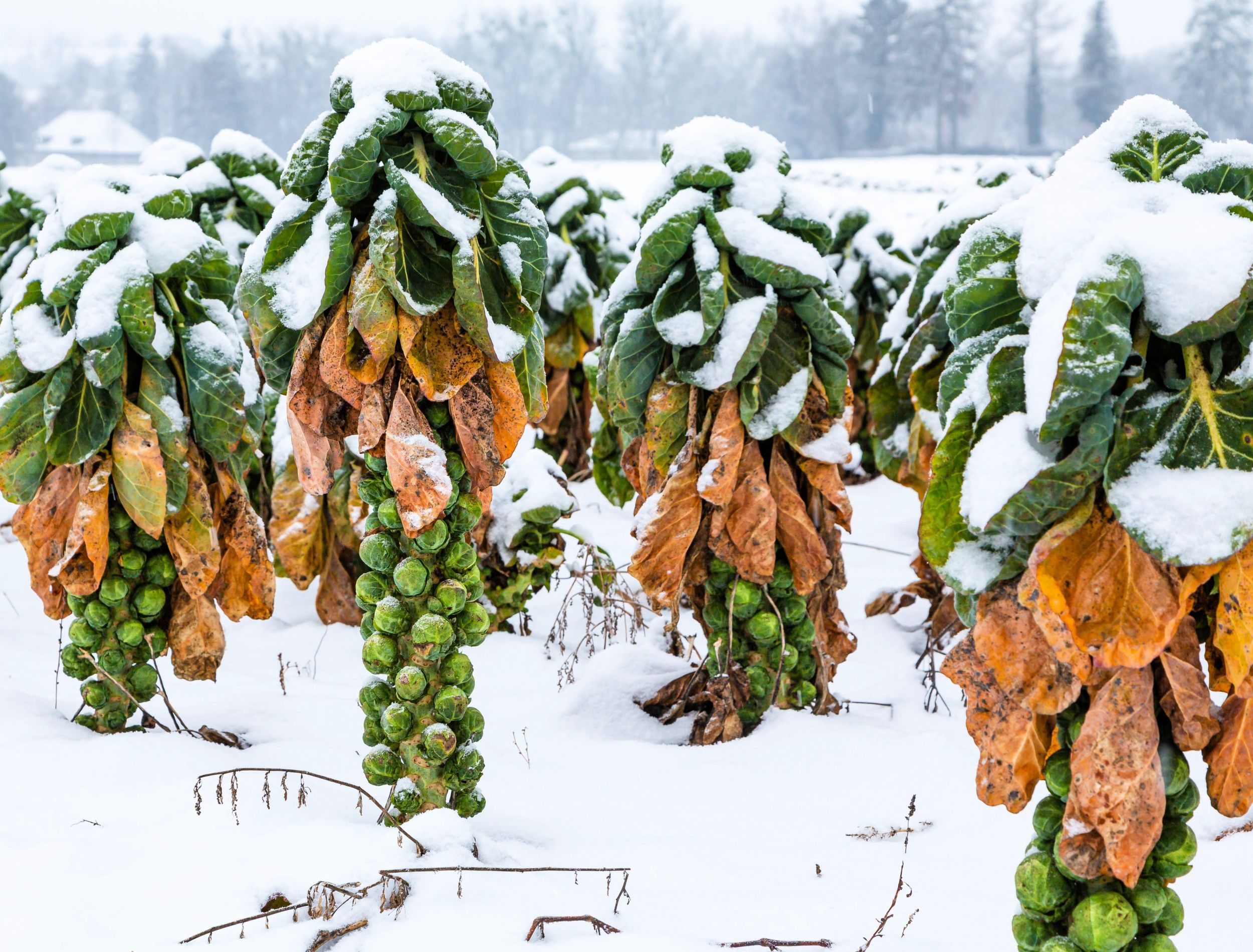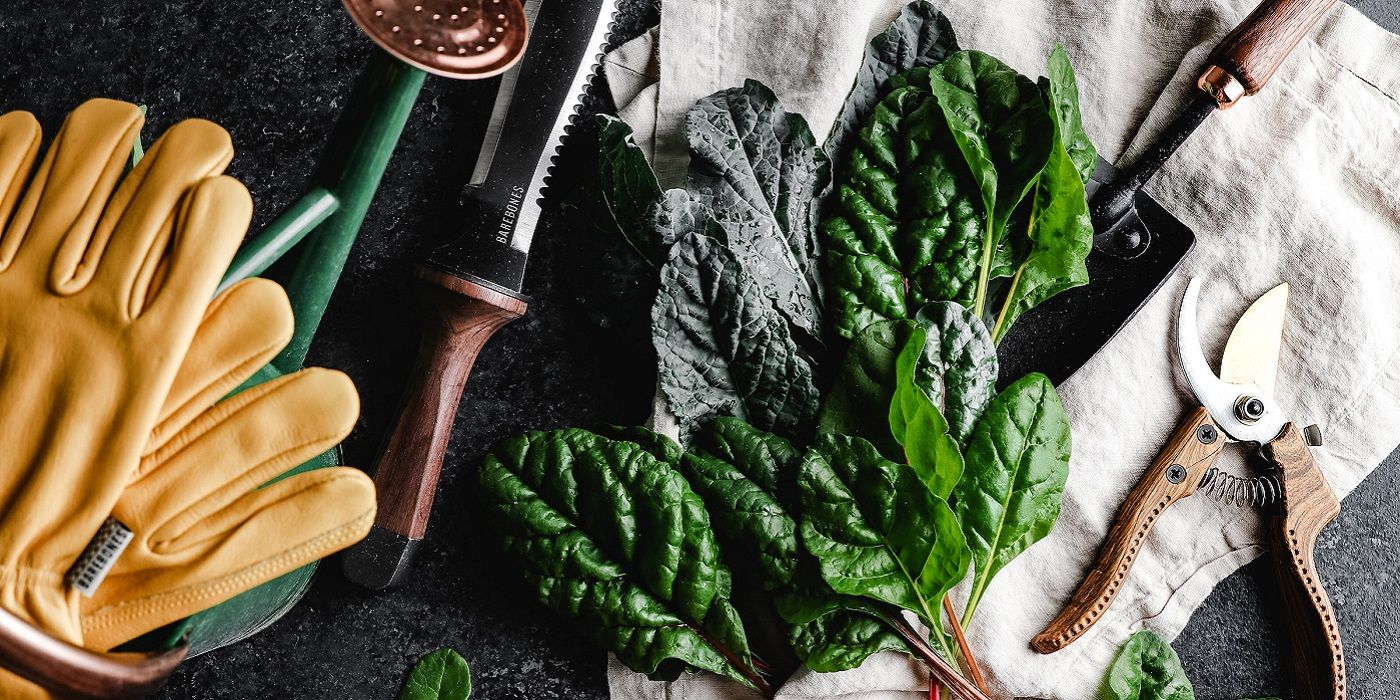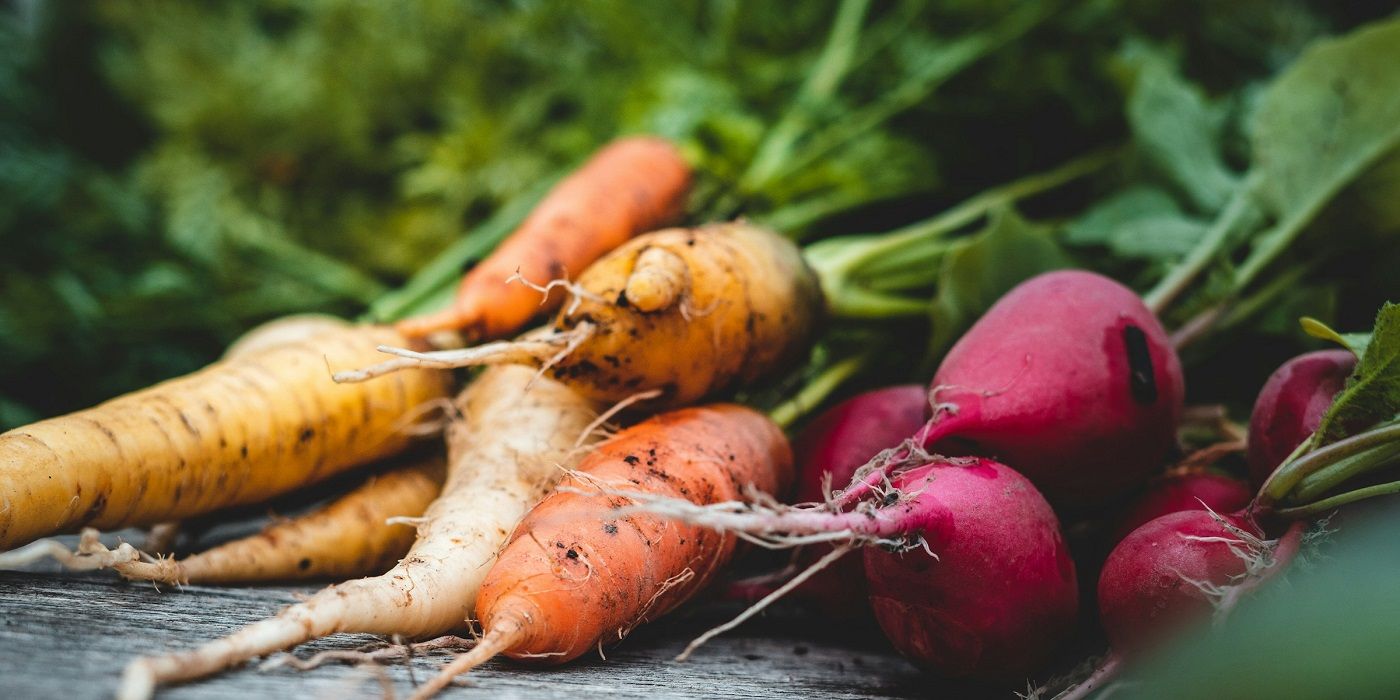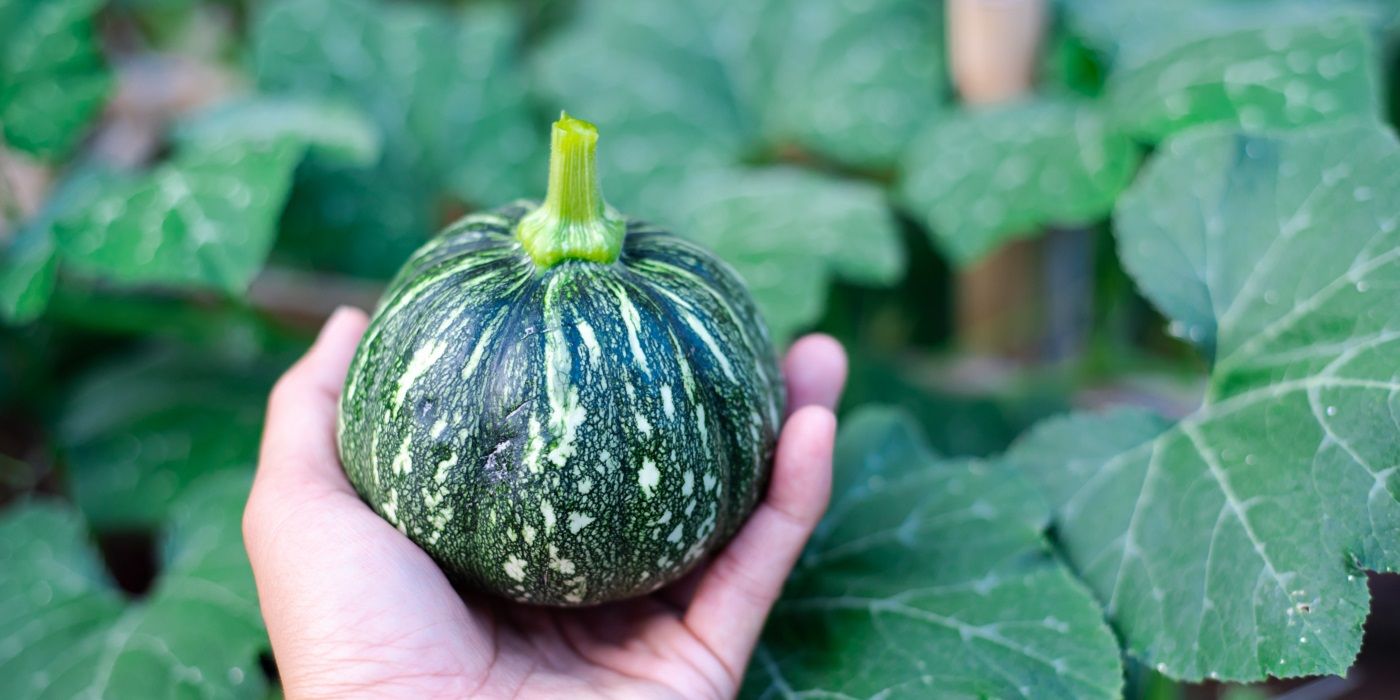Key Takeaways
- Get the right tools for winter gardening: gloves, trowel, winter vegetables, protective cover, fertilizer, soil, watering tools, basket, and mulch.
- Choose cold-hardy varieties like leafy greens, root vegetables, and brassicas for winter gardening.
- Plant in a sunny spot with well-drained soil, protect crops with covers and insulation, and water regularly for successful winter gardening.
During winter, you may turn to other methods for growing vegetables, such as using a greenhouse or maintaining plants indoors. While these methods are convenient, they don't always provide enough space for all the winter vegetables you want to grow.
With that said, there are several ways to continue growing vegetables outdoors in a winter garden. Some veggies thrive in cool weather, while others don't, so making that differentiation is necessary. You can enjoy the delicious crops and garden space year-round with the proper tools and know-how.
Learn all there is to know about what vegetables you can grow in your winter garden, what tools you'll need, and how to ensure the plants stay happy and healthy as they ripen for harvest.
Tools You'll Need for Winter Gardening
Get the right tools for the job
To properly grow winter vegetables, there are a few different tools you'll need. Stock up on the essentials to get the job done.
- Gardening gloves
- Trowel
- Winter-hardy vegetables
- Protective cover such as landscape fabric
- Fertilizer
- High-quality soil
- Watering hose or can
- Collection basket
- Mulch
How to Grow Veggies Outdoors in Winter
Plant cold-hardy vegetables in your winter garden
Growing vegetables outdoors in winter is especially rewarding. But before you can enjoy those crisp veggies, there are some steps to take.
Choose the Right Varieties
The first and most important step to growing vegetables in a winter garden is choosing suitable varieties.
- Leafy greens, such as spinach, arugula, and parsley, can withstand cold weather and frosts.
- Root vegetables, including carrots, beets, and radishes, are strong against winter temperatures.
- Brassicas like broccoli, cabbage, and Brussels sprouts are fantastic options in winter gardens, too.
|
Name |
USDA Hardiness Zone |
Growing conditions |
|
Spinach (Spinacia oleracea) |
2 to 11 |
Grow spinach in moist soil |
|
Arugula (Eruca sativa) |
2 to 11 |
Give arugula well-drained, nutrient-rich soil |
|
Parsley (Petroselinum crispum) |
8 to 10 |
Parsley needs direct, full sunlight |
|
Carrots (Daucus) |
3 through 10 |
Grow carrots in full sunlight with well-drained soil |
|
Beets (Beta vulgaris) |
2 to 11 |
Beets need moist but well-drained soil |
|
Radishes (Raphanus sativus) |
2 to 11 |
Give radishes full sunlight and well-drained soil |
|
Broccoli (Brassica oleracea var. italica) |
2 to 11 |
Grow broccoli in full sunlight with rich, well-drained but moist soil |
|
Cabbage (Brassica oleracea var. capitata) |
1 to 10 |
Cabbage grows best in sunny locations with well-drained soil |
|
Brussels sprouts (Brassica oleracea var. gemmifera) |
3 to 9 |
Give Brussels sprouts well-drained soil and full sunlight |
Avoid planting winter vegetables after the first frost, as the plants will not have enough time to develop strong root systems. To determine the correct date, consider how long it takes the plant to mature and count backward from the predicted frost date. Transplant seedlings if you're running late into the season!
Planting and Protecting the Veggies
Before planting, it's crucial to determine the perfect spot to house your crops. Choose a sunny spot in your garden with access to a water source. Consider preparing raised garden beds using high-quality well-drained soil. Raised garden beds keep the soil warmer than if you were to plant directly into the ground. Remember to amend and fertilize the soil before you plant your fall and winter crops.
- Once the winter vegetables are in the ground and the first frost is pending, it's time to protect your crops. To do so, implement some sort of row cover, fabric, cold frame, or protective plastic shield over your crops.
- You can also install bales of straw around the structure as extra insulation.
- Laying a 3-inch layer of mulch over the soil should provide insulation, acting as a form of moisture conservation.
- Remove the covering during the daytime when temperatures reach above 50 degrees Fahrenheit to give the plants as much light as possible. There is less light in winter, so take advantage whenever possible.
General Maintenance
While watering seems challenging when temperatures are below freezing, the plants need to survive and grow. The insulation you provide by protecting your plants should ensure the soil doesn't freeze. As long as the soil does not freeze, plants are more likely to survive and thrive even in the winter months.
To water, follow general watering rules for outdoor plants. Pay attention to the weather, how much sun the plants are getting, and how moist the soil is. To help your plants a smidge more, thoroughly water your garden before the frost. Wet soil holds heat better, aiding your veggies through chilly temperatures.
Harvesting Winter Veggies
Know when and how to harvest winter vegetables
How and when you harvest your crops depends on the type of vegetable you grow. Check on your vegetables regularly to ensure you collect them before they rot. The best time of day to harvest is early in the morning before the sun gets too hot, keeping the veggies fresh and flavorful.
Knowing the number of days until expected maturity is a good start. But here's a key tip: many root vegetables, brassicas, and leafy greens are okay to harvest once they reach a usable size. Pay attention to the expected size as indicated on the seed packet.
You can also grow vegetables through the winter and until spring to harvest them if you live in a cooler climate. This means allowing the plants to survive in a vegetative state beneath a layer of insulation, including mulch and snow. Once the weather warms up and the snow melts away, the winter vegetables should have reached maturity and be ready for harvesting.
Grow On!
Maximize your gardening capabilities this winter by growing veggies in the great outdoors. You can keep your tomato plants, herbs, and fruits in your greenhouse or on a windowsill indoors, but plant leafy greens, root vegetables, and Brassicas in protected garden beds in your backyard.
Winter doesn't mean it's time to stop gardening. Instead, it's time to switch things up and look forward to those cool-season vegetables and dishes! Fresh produce in winter is a tasty treat. Grow your winter garden to enjoy fresh ingredients even during the coldest months of the year.




